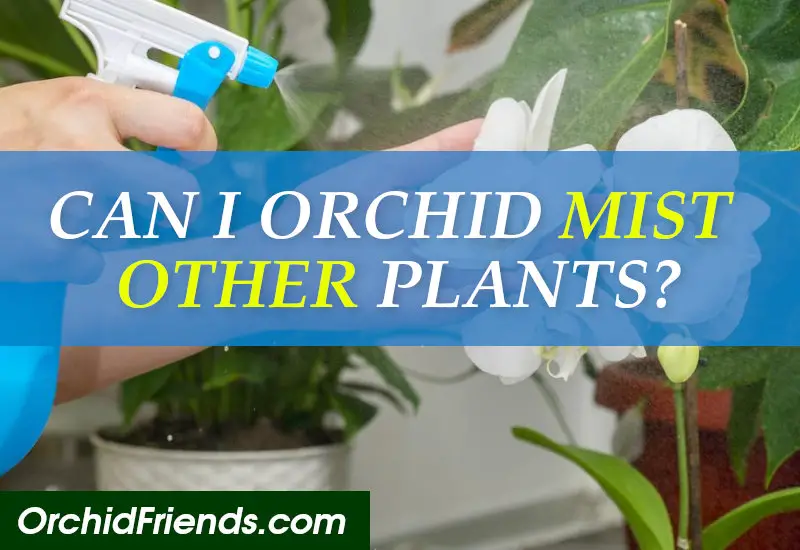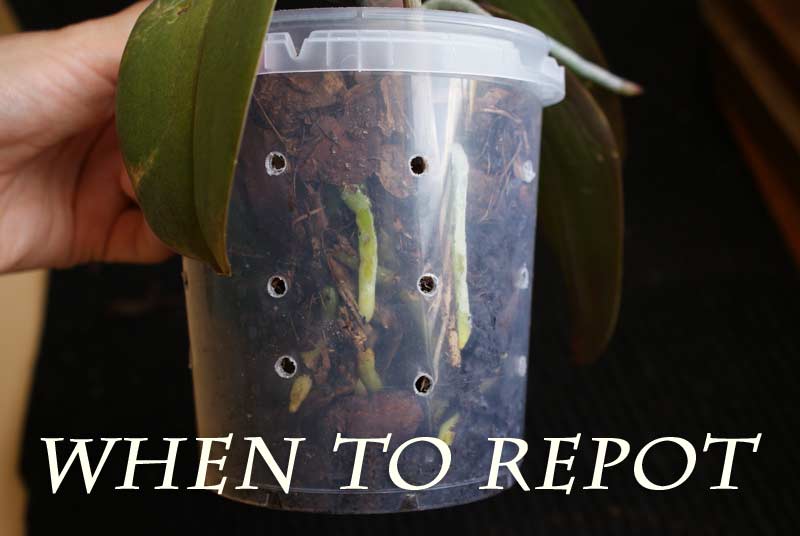
** This post is written and edited by a human being **
Can You Use Orchid Mist on Other Plants?
Orchid mist, typically used to increase humidity for orchids, can be beneficial for other plants as well, but it’s important to use it properly. Orchid mist is usually formulated to boost humidity levels and prevent fungal issues, and while it’s designed for orchids, it can be used for many other indoor plants with similar needs.
1. Boosting Humidity
Many houseplants, especially tropical varieties, thrive in high humidity, much like orchids. Plants such as ferns, peace lilies, calatheas, and certain palms can benefit from the extra moisture in the air provided by orchid mist. When you spray orchid mist, it helps maintain the necessary humidity for these plants, especially in dry indoor environments, during the winter months, or in rooms with low moisture levels.
Tip: When using orchid mist on other plants, be sure to avoid over-saturating the foliage. A light misting is sufficient to raise the humidity around the plant without causing water buildup on the leaves, which could promote rot.
2. Preventing Pests and Fungal Issues
Orchid mist is sometimes formulated with fungicides or antifungal agents, which can help prevent fungal diseases or pests like mealybugs, aphids, and scale. If the mist contains safe, plant-friendly ingredients, it can help with similar issues on other plants. However, always check the label to ensure the mist is suitable for general plant use and not too harsh for other species.
Tip: Always test the mist on a small part of the plant first to ensure it won’t cause leaf damage or burn.
3. Not All Plants Need It
Some plants, such as succulents, cacti, or plants that prefer dry conditions, do not require additional humidity. Using orchid mist on these plants could lead to excess moisture, which could cause issues like mold growth or rot.
In conclusion, while orchid mist can be beneficial for other plants that enjoy higher humidity, it’s essential to know your plant’s specific needs. Use it carefully and sparingly, and avoid overusing it on plants that thrive in drier conditions.
Can I Use Miracle Grow on My Orchids
Using Miracle-Gro on Phalaenopsis orchids is a common question among orchid growers. While Miracle-Gro is a popular and effective fertilizer for many houseplants, it may not be the best choice for your Phalaenopsis orchid. Let’s explore why and discuss some alternatives.
1. Miracle-Gro’s General Formula
Miracle-Gro is a general-purpose fertilizer that contains a balanced mix of nutrients, such as nitrogen (N), phosphorus (P), and potassium (K), typically in equal proportions. This works well for many plants, but Phalaenopsis orchids have specific nutrient requirements that may not align with the general composition of Miracle-Gro. Orchids, especially Phalaenopsis, need a more specialized feeding regimen to thrive.
2. The Right Fertilizer for Phalaenopsis Orchids
Orchids, including Phalaenopsis, prefer a low-nitrogen, high-phosphorus formula to encourage blooming rather than excessive leafy growth. While Miracle-Gro’s all-purpose formula may provide the necessary nutrients, it’s typically higher in nitrogen, which can encourage foliage growth over flowering. Additionally, Miracle-Gro contains salts that can build up in the potting medium if not flushed out periodically, potentially harming the delicate orchid roots.
3. Orchid-Specific Fertilizers
For the best results, it’s recommended to use a fertilizer formulated specifically for orchids, which will provide the right balance of nutrients. Look for a balanced, water-soluble orchid fertilizer, such as a 30-10-10 or 20-20-20, or a fertilizer designed for blooming orchids that is higher in phosphorus. These fertilizers are usually more tailored to the needs of orchids and are gentler on their roots.
4. Application Tips
If you still want to use Miracle-Gro, use it sparingly and dilute it to about one-quarter or half of the recommended strength for regular houseplants. This will prevent over-fertilizing, which can damage the orchid’s roots.
In conclusion, while you can use Miracle-Gro on your Phalaenopsis orchids, it’s not the ideal fertilizer. For optimal orchid care, using a fertilizer designed specifically for orchids is the better choice to support healthy roots and encourage blooming.
TIP: Check out Irene’s 9 Great Homemade Fertilizers



